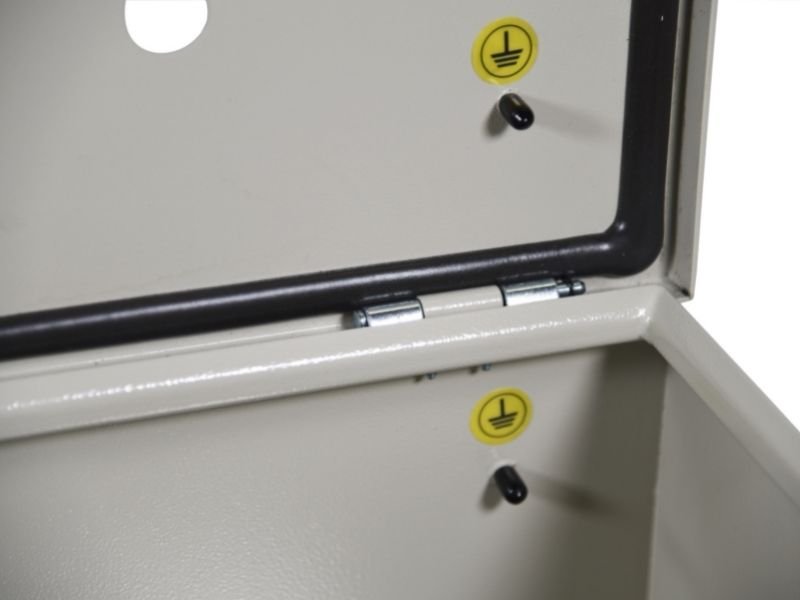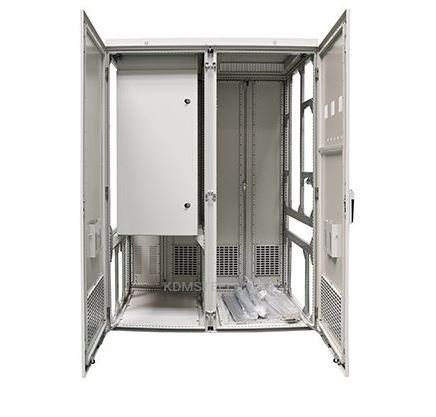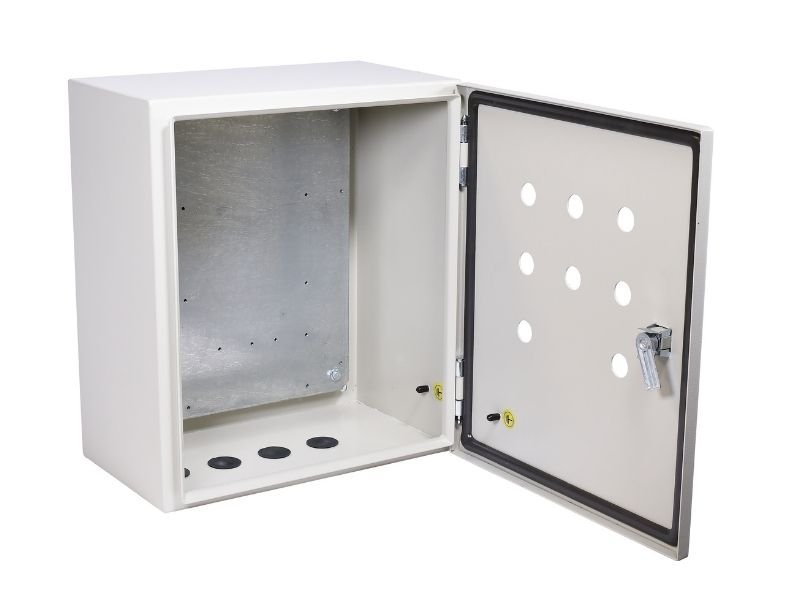
KDM Electrical Enclosure Foaming and Gasket
Nowadays, the use of custom electrical enclosures in different settings has necessitated the fabrication of its other designs.
Foaming is one of the leading fabrication techniques KDM Steel uses for making various electrical enclosures.
Technically, foamed electrical cabinets are unique components, which contain foam pores.
We provide electrical enclosures with unique structural characteristics.
All our foamed electrical cabinets have a series of suitable materials with a small density.
They also contain excellent thermal insulation performance, sound insulation performance, and exceptional ability to absorb electromagnetic waves.
Properties Of KDM Steel Electrical Enclosure Foaming

At KDM Steel, we produce foamed electrical cabinets with high gas permeability.
The pore-specific surface area is comparatively large, and the base material bulk density is somewhat small.
We produce electrical enclosure foaming with higher porosity and a larger pore size of up to 7mm.
However, the actual design, pattern, and size of pores on this component are mainly dependent on the matrix of based material used in making it.
Generally, our electrical enclosure foaming process increases the mechanical properties of the component.
For instance, it increases material’s porosity, electrical conductivity while decreasing thermal conductivity significantly.
When you subject our foamed electrical enclosure to extreme pressure, it exhibits excellent impact energy absorption properties.
This is usually due to an increase in force caused by the collapse of pores and strain hardening effect on the base material.

Electrical enclosure
How KDM Steel Conducts Electrical Enclosure Foaming
We start the preparation of electrical enclosure foaming by electroplating and powder metallurgy.
The latter produces a foamed metal by adding and blowing agent to the molten base material. Furthermore, the former is replicated into the base material by an electrodeposition process.
The powder metallurgy process we use produces a foamed surface material by adding a blowing agent to the powder.
The blowing agent, often NH4Cl, volatilizes when sintered, thus creating pores. Electrochemical deposition forms regular shape pores and obtains a porosity rate of up to 95%.
The metal used for making an electrical enclosure is electrochemically deposited on the body is sintered.
This allows it to connect the deposition components in the entire body.
As such, the strength of the high-porosity electrical enclosure’s base material foam needs to be high. Besides, more substances like catalysts and electrolytes are filled in use.
Methods Of Electrical Enclosure Foaming KDM Steel Offers
KDM Steel offers a wide variety of techniques when foaming different electrical enclosures.
In most instances, the ideal method depends on the specific type of material used for making the enclosure.
Here are the common foaming methods we use on electrical enclosures;

Electrical enclosure
a) Using Gas Injection
In this case, aluminum oxide, silicon carbide, or magnesium oxide particles are often used to enhance viscosity of the melt.
The most important aspect is making sure mixing techniques must be consistent to guarantee even distribution throughout melt.
The melt is then foamed by injecting gases such as nitrogen and argon into it using vibrating nozzles or rotating impellers.
b) Using Blowing Agent
KDM Steel also uses this method when foaming electrical enclosures.
This technique uses a blowing agent, which is added to the melt rather than injecting gas into it. In this method, we introduce gas into the melt by using different compounds, carbonates, and hydrides.
In this case, the compound decomposes and forms gas bubbles when heated in a semi-solid pellet or a liquid metal.
The resultant foam must be stable for a porous electrical enclosure to have consistent pore sizes and densities.
Immediately this viscosity reaches desired value; we add the blowing agent to release hydrogen gas in the hot viscous liquid.
The melt starts to expand gradually, filling the foaming vessel. This foaming takes place under constant pressure.
c) Using Solid-gas Eutectic Solidification
We use this method to form gas-reinforced electrical enclosure foams.
We melt the specific base material in a hydrogen atmosphere under high pressure of up to about 50atm.
The resulting melt is homogenous and often charged with hydrogen.
It makes the melt have a eutectic transition to a heterogeneous solid-gas system when temperature is reduced.
The solid-gas system has eutectic concentration, and a segregation reaction occurs at a particular temperature.
Additionally, the melt then solidifies, causing the gas pores to precipitate and entrapped in the electrical enclosure surface.
This forms elongated pores oriented in a solidification direction.
Advantages Of KDM Steel Electrical Enclosure Foaming

Our electrical enclosure foaming process increased heat transfer at the cost of reduced pressure.
This is necessary since it gives you value for money since you are guaranteed to get best and desired results from your enclosure.
We make electrical enclosure foams from a wide range of natural materials and other metals, including titanium, zinc, copper, and lead.
In essence, these components have cellular structures exhibiting a large volume fraction of gas-filled pores.
KDM Steel produces relatively cost-friendly electrical enclosure foaming services.
This is important because you can attain them for your component even when operating within a tight budget.
We provide customized electrical enclosure foaming services based on your taste, preference, and project demands.
In most instances, different projects usually have varied requirements, which are easily achievable with customizations.
We provide tailor-made foaming services to ensure you attain what meets your needs.
Materials KDM Steel Use For Electrical Enclosure Foaming

Stainless steel electrical enclosure
KDM Steel offers electrical enclosure foaming services to a wide range of materials. These materials usually present different characteristics, and the common ones include the following;
Stainless steel – It is made up of iron, copper, manganese, chromium, and nickel. The chromium is added to this material as an additive to provide corrosion resistance.
Stainless steel also has an enhanced corrosion resistance since it is non-porous.
Carbon steel – This metallic material exhibits high strength, excellent resistance to wear, and incredible hardness.
It also demonstrates moderate ductility, making it suitable for electrical enclosure foaming.
Alloy steel – It is a type of steel made from a wide range of elements such as molybdenum, silicon, boron, manganese, nickel, etc.
The essence of these alloying elements is to enhance the strength, toughness, wear resistance, and hardness of this material.
It creates electrical enclosures with ideal foams suitable for different settings.
For all your electrical enclosure foaming, you can count on KDMSteel – contact us now.

